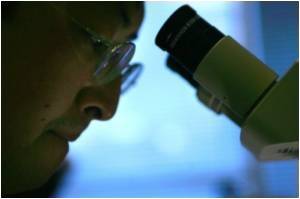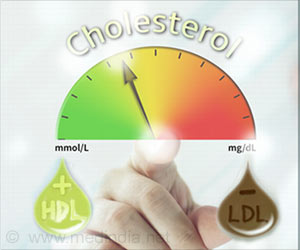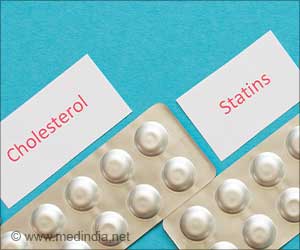A new way that could lead to dramatic reductions in human cholesterol levels has been discovered by Brandeis University scientist.

Phytosterols in plants and cholesterol molecules in animals are highly similar and when both are dispersed together they are attracted to one another.
When they mix in the gut of an animal, the cholesterol molecules are competitively inhibited from passing into the blood stream and instead are excreted.
The ability of phytosterols to reduce cholesterol levels in animals has been recognized since the 1950s, but practical application of this knowledge was difficult because phytosterols are not naturally water-soluble, and they are only poorly soluble in fatty substances.
Perlman and K.C. Hayes, professor emeritus of biology and former director of the Foster Biomedical Research Laboratories, invented and patented a way to increase the bioavailability of phytosterols in fats more than 10 years ago.
Their separate discoveries relating to fat metabolism and oxidative stability led to development of the Smart Balance blend of oils and a number of other food products.
Advertisement
Phytosterols placed in water-based substances will not disperse, and this has thwarted their cholesterol-reducing potential.
Advertisement
Phytosterols and glycerin are heated together to a temperature at which the water molecule that usually attaches to each phytosterol molecule boils off and is replaced by a glycerin molecule.
Because glycerin molecules have multiple places at which water molecules can be attached and because glycerin also inhibits crystal growth that complicates dispersal, the phytosterol-glycerin complex together with an emulsifier becomes dispersible in water-based foods.
Source-ANI







